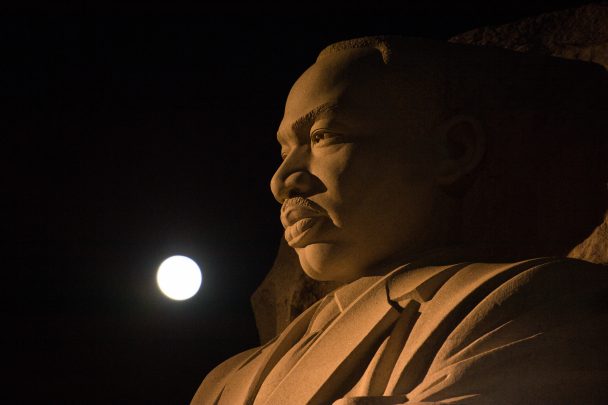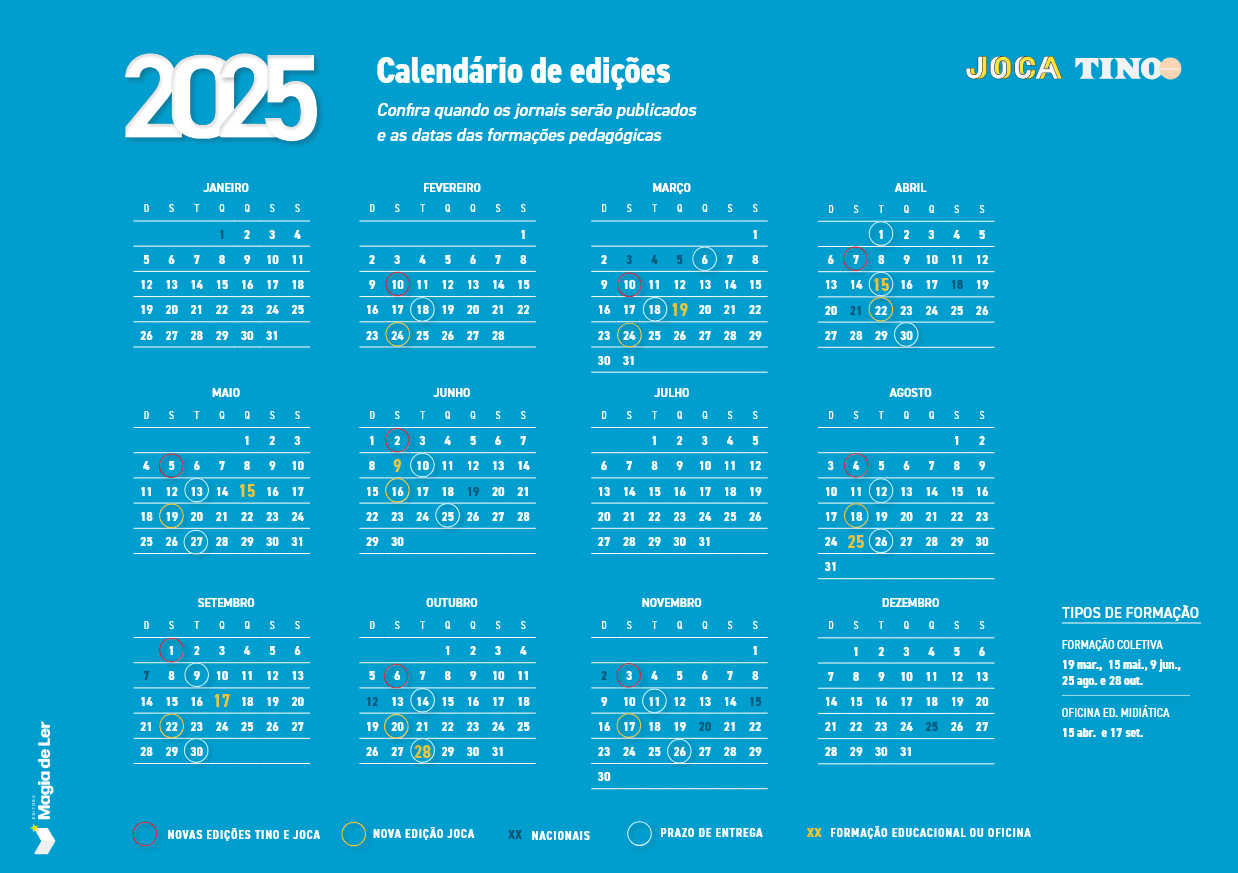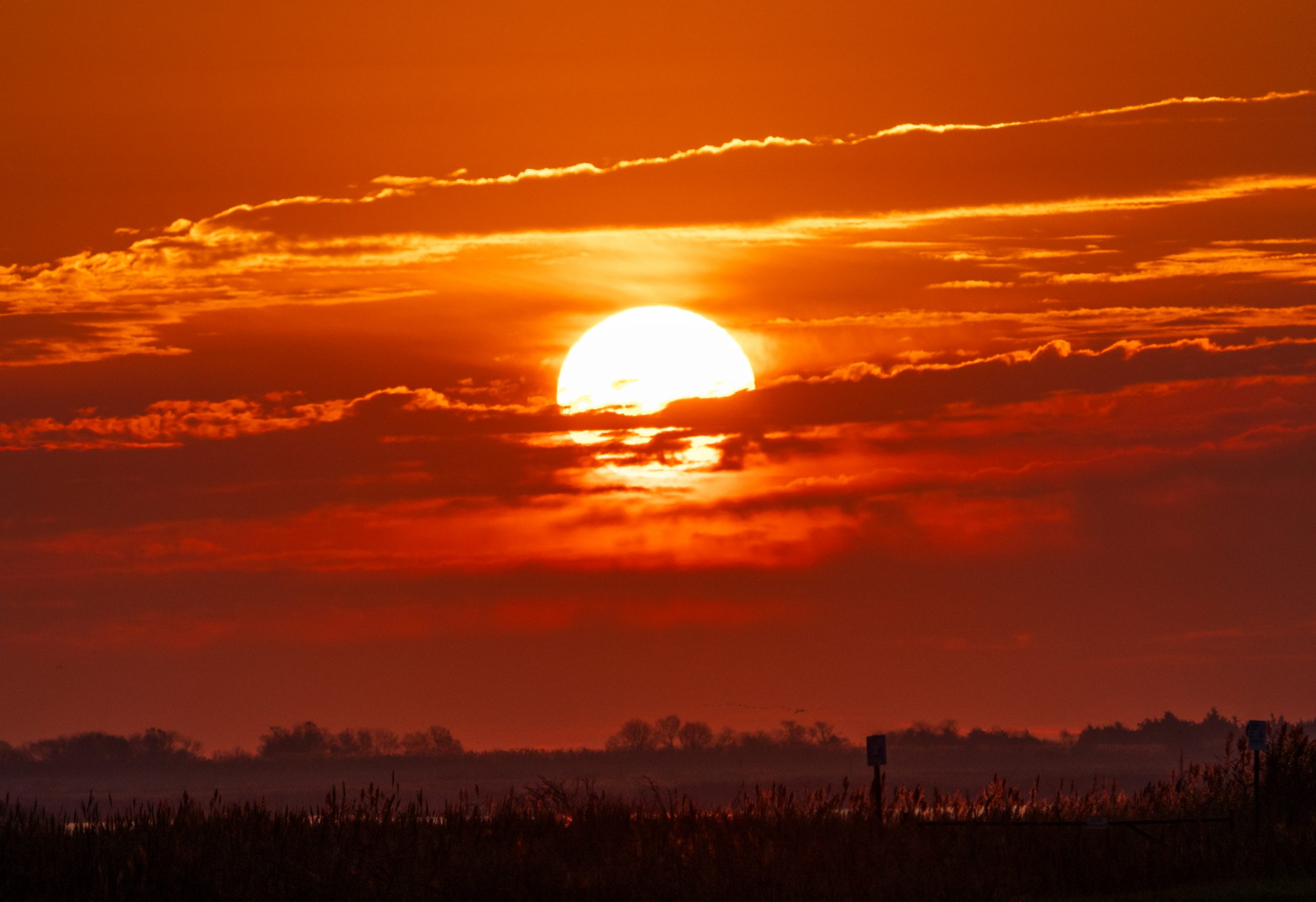Mundo
16 de novembro de 2016
A superlua pelo mundo | Supermoon around the world
The moon, or supermoon, is seen rising behind the Soyuz rocket at the Baikonur Cosmodrome launch pad in Kazakhstan, Monday, Nov. 14, 2016. NASA astronaut Peggy Whitson, Russian cosmonaut Oleg Novitskiy of Roscosmos, and ESA astronaut Thomas Pesquet will launch from the Baikonur Cosmodrome in Kazakhstan the morning of November 18 (Kazakh time.) All three


- The moon, or supermoon, is seen rising behind the Soyuz rocket at the Baikonur Cosmodrome launch pad in Kazakhstan, Monday, Nov. 14, 2016. NASA astronaut Peggy Whitson, Russian cosmonaut Oleg Novitskiy of Roscosmos, and ESA astronaut Thomas Pesquet will launch from the Baikonur Cosmodrome in Kazakhstan the morning of November 18 (Kazakh time.) All three will spend approximately six months on the orbital complex. A supermoon occurs when the moon’s orbit is closest (perigee) to Earth. Photo Credit: (NASA/Bill Ingalls)

- The moon, or supermoon, is seen rising behind the Soyuz rocket at the Baikonur Cosmodrome launch pad in Kazakhstan, Monday, Nov. 14, 2016. NASA astronaut Peggy Whitson, Russian cosmonaut Oleg Novitskiy of Roscosmos, and ESA astronaut Thomas Pesquet will launch from the Baikonur Cosmodrome in Kazakhstan the morning of November 18 (Kazakh time.) All three will spend approximately six months on the orbital complex. A supermoon occurs when the moon’s orbit is closest (perigee) to Earth. Photo Credit: (NASA/Bill Ingalls)

- The moon, or supermoon, is seen as it sets behind the U.S. Capitol on Monday, Nov. 14, 2016 in Washington. A supermoon occurs when the moon’s orbit is closest (perigee) to Earth. Early Monday morning, the moon was the closest it has been to Earth since 1948 and it appeared 30 percent brighter and 14 percent bigger than the average monthly full moon. Photo Credit: (NASA/Joel Kowsky)

- The moon is seen as it rises over Washington, DC on Sunday, Nov. 13, 2016 from the Netherlands Carillon in Arlington, Va.

- The moon, or supermoon, is seen as it sets by the Lincoln Memorial on Monday, Nov. 14, 2016 in Washington. A supermoon occurs when the moon’s orbit is closest (perigee) to Earth. Early Monday morning, the moon was the closest it has been to Earth since 1948 and it appeared 30 percent brighter and 14 percent bigger than the average monthly full moon. Photo Credit: (NASA/Joel Kowsky)

- The moon, or supermoon, is seen as it sets over the Martin Luther King Jr. Memorial on Monday, Nov. 14, 2016. A supermoon occurs when the moon’s orbit is closest (perigee) to Earth. Early Monday morning, the moon was the closest it has been to Earth since 1948 and it appeared 30 percent brighter and 14 percent bigger than the average monthly full moon. Photo Credit: (NASA/Aubrey Gemignani)

- The Statue of Freedom atop the U.S. Capitol Dome is seen in silouette infront of the moon, or supermoon, on Monday, Nov. 14, 2016 in Washington. A supermoon occurs when the moon’s orbit is closest (perigee) to Earth. Early Monday morning, the moon was the closest it has been to Earth since 1948 and it appeared 30 percent brighter and 14 percent bigger than the average monthly full moon. Photo Credit: (NASA/Joel Kowsky)

- The moon is seen as it rises over the Capitol, Sunday, Nov. 13, 2016 in Washington. Early morning, Monday, Nov. 14, the moon will be the closest it has been to Earth since 1948 and will appear 30 percent brighter and 14 percent bigger than the average monthly full moon. Photo Credit: (NASA/Aubrey Gemignani)



















Você precisa fazer o login para publicar um comentário.